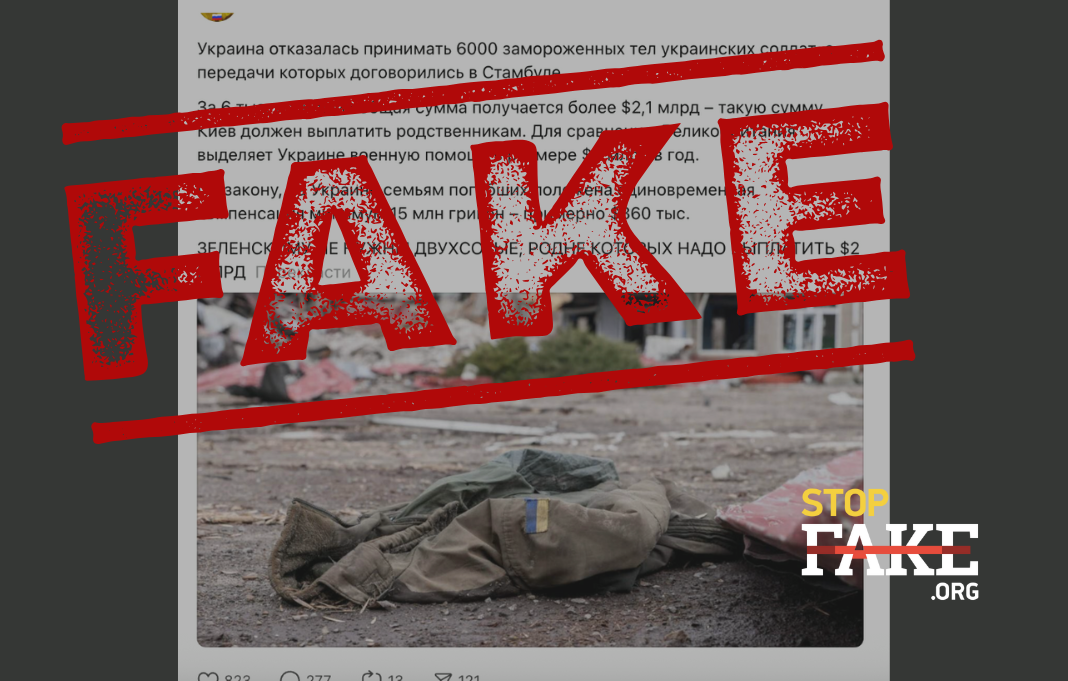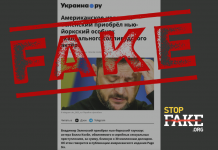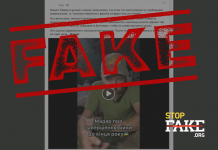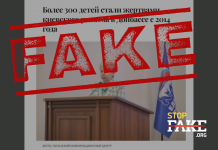Such reports are fake, based on forged screenshots designed to mimic the appearance of genuine articles from reputable Western media outlets. Propagandists do not just use the logos of well-known publications; they also fabricate images of supposedly genuine news articles, falsely citing international sources to create a false impression of credibility. These manipulations aim to discredit the Ukrainian government, incite panic and undermine public trust. This is part of a coordinated information attack intended to demoralise society and destabilise the country.
Some social media users are spreading disinformation, claiming that Ukraine refused to accept the bodies of 6,000 fallen Ukrainian soldiers as part of negotiations with the Russian Federation. Supposedly, this is because the Ukrainian government does not want to pay compensation to the relatives of the deceased, which is said to amount to over $2.1 billion.
A second round of negotiations between Ukraine and Russia, mediated by Turkey, took place in Istanbul on 2 June. Following the meeting, both parties agreed to a prisoner exchange and the repatriation of deceased servicemen’s bodies in a ‘6,000-for-6,000’ format. On 4 June, Ukrainian President Volodymyr Zelensky stated that preparations for the exchange of bodies would begin after the prisoner exchange. He emphasised the importance of identifying the bodies and upholding the agreements to prevent substitutions. However, on 7 June, Vladimir Medinsky, the head of the Russian negotiation team, claimed that Ukraine had postponed the prisoner exchange. He stated that on 6 June, the Russian side had delivered 1,212 bodies of fallen Ukrainian soldiers to the exchange area, but Ukraine had refused to receive them.
On 6 June, the Coordination Headquarters for the Treatment of Prisoners of War dismissed the reports in the Russian media suggesting that Ukraine had unilaterally refused to collect the remains of fallen soldiers in accordance with the Istanbul agreements. The statement emphasised that these claims were false. Preparations are currently underway for the exchange of seriously wounded and ill individuals, as well as for the repatriation of bodies. The official statement reads: “Any unilateral statements or actions by representatives of the aggressor state are merely another manipulation of the sensitive and important issue of repatriating the bodies of our defenders.”
Following these Russian statements, various network users and so-called Z-channels on Telegram began spreading the claim that Ukraine is not accepting the bodies of the fallen because it does not want to pay compensation to their families. These messages are published exclusively within the pro-Russian segment of the internet and are completely unfounded.
It should also be noted that Ukraine and Russia regularly carry out the mutual repatriation of deceased servicemen’s bodies. For instance, in January 2025, 757 bodies of fallen defenders were recovered by Ukraine; the same number was returned in February, 909 in April, and another 909 in May. According to estimates by Slovo i Dilo, Ukraine had successfully recovered around 8,000 bodies by April 2025. The family of a deceased soldier is entitled to a one-off state payment of 15 million hryvnia if death occurs in combat or within one year of sustaining injuries. These payments are not issued as a lump sum: 20% is paid immediately, with the remainder distributed in equal instalments over the following 40 months.
Pro-Russian Telegram channels have also started sharing alleged screenshots of Western media publications intended to undermine trust in the Ukrainian government.
On 9 June, propaganda Telegram channels circulated a screenshot of an alleged Politico article bearing the headline: ‘Russia has at least 40,000 more bodies of Ukrainian soldiers prepared to attack the Ukrainian economy.’ However, Politico’s official websites — politico.com and politico.eu — contain no articles with this headline or content. No reputable media outlet has reported that Russia possesses “at least 40,000 bodies of Ukrainian soldiers”, let alone that repatriation could constitute an “attack on Ukraine’s economy”. This is a textbook example of fake propaganda.
Additionally, propaganda outlets have spread another fake screenshot of a non-existent article bearing the headline: ‘The Office of the President of Ukraine has issued an order to obtain a waiver of compensation from the families of 6,000 dead AFU soldiers’, bearing the logo of the Wall Street Journal. The annotation falsely states that ‘Ukraine will not accept the bodies of 6,000 fallen AFU soldiers from Russia until it receives guarantees that their families will not seek compensation’.
This screenshot is also a forgery. There is no article with this title on the WSJ website. Furthermore, the outlet has not published any material related to this topic.
The fabricated image names Natalie Andrews and Georgi Kantchev as the article’s authors. However, their most recent joint article, published by the Wall Street Journal on 4 June, was titled ‘Russia Plans to Respond to Drone Attack, Trump Says After Call with Putin’. Clearly, this article was used by propagandists to create a fake.
The dissemination of such disinformation serves several purposes. Firstly, it aims to discredit the Ukrainian leadership, undermine public trust and cause panic. Secondly, these messages exploit the highly sensitive issue of the return of fallen soldiers’ bodies to evoke pain, anger and despair. Thirdly, fake publications bearing the logos of Western media outlets create the illusion of international condemnation or exposure, thereby further eroding trust. All of this forms part of Russia’s systemic information warfare campaign, which is aimed at demoralising Ukrainian society and inciting internal division.
StopFake previously debunked the claim that the families of Ukrainian soldiers who died in the Kursk region were denied compensation.





